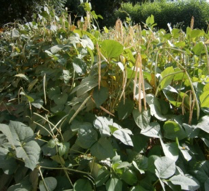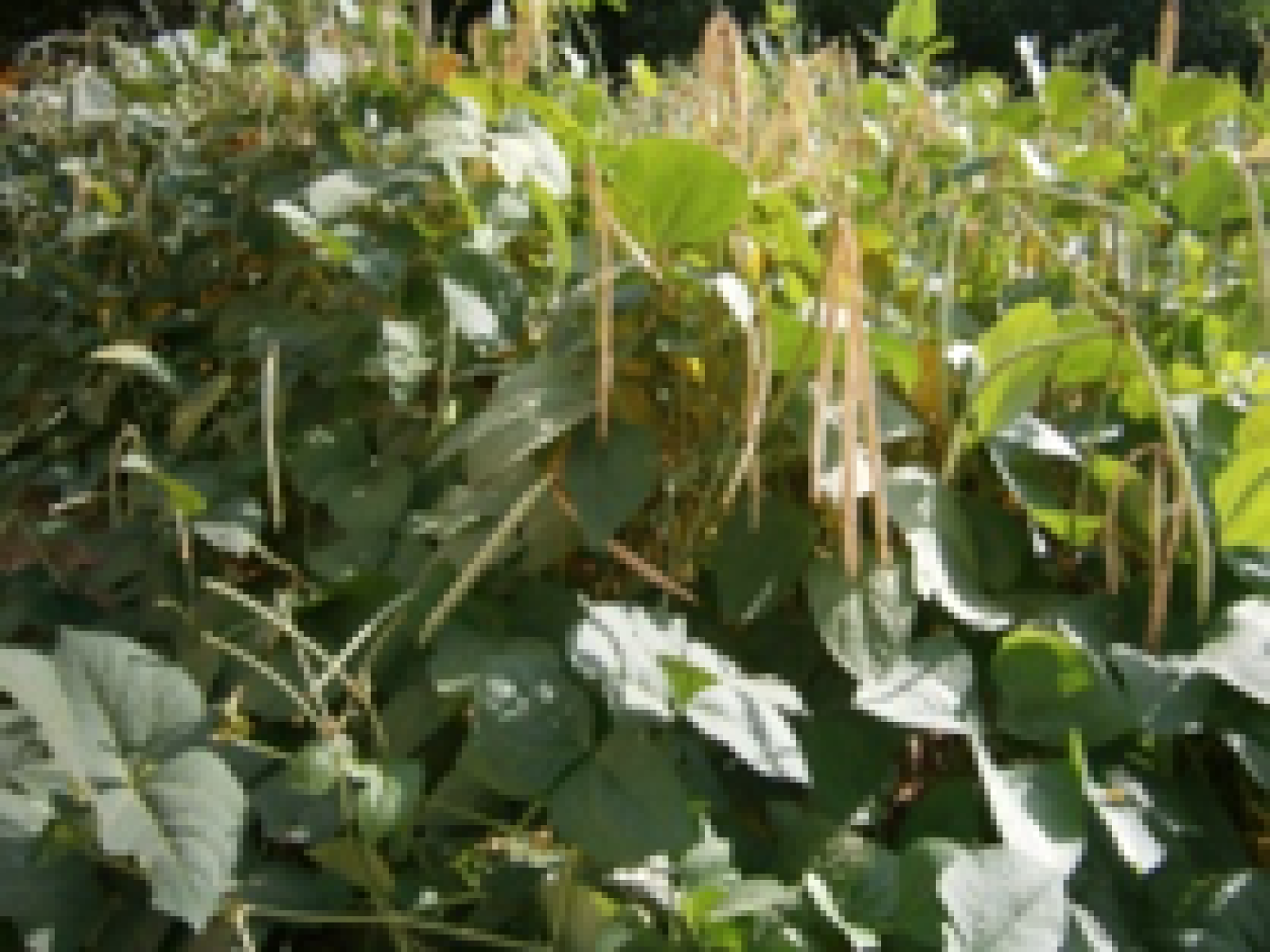An Overview Of Our Solution
- Population Impacted:
- Continent: Africa
Organization type
Population impacted
Size of agricultural area
Production quantity
People employed
Describe your solution
Describe your implementation
External connections
What is the environmental or ecological challenge you are targeting with your solution?
Describe the context in which you are operating
I am a farming systems research agronomist with the Department of Agronomy. My interest has always been on how to improve productivity at the small scale farmers’ level. Since their soils are usually degraded, my interest started with search for alternative ways to improve yields: the clipping/thinning management of leguminous companion crops as green manures for a main cereal crop was used to improve the soil’s fertility. Weeds, pests and diseases were other constraints that affected productivity, thus the use of ABT was considered. After successes in two years of producing with ABT, students were involved to spread the research further and their results have been reported in dissertations and theses as well as published in journal and conference publications. An undergraduate work on the weed control considered the allelopathy of the plant; recently a colleague has started work on the plant for weed control as well as its effect on seed germination. We also will hopefully work on its effect on striga/other parasitic weeds infestation.
How did you impact natural resource use and greenhouse gas emissions?
Language(s)
Social/Community
Water
Food Security/Nutrition
Economic/Sustainable Development
Climate
Sustainability
I have not received any grant for the trials so far, this is why I have concentrated on students trying the procedure out on their studies, knowing they are more likely to spread the results. Some have started using it in their works and the results are promising.
Return on investment
Entrant Banner Image

